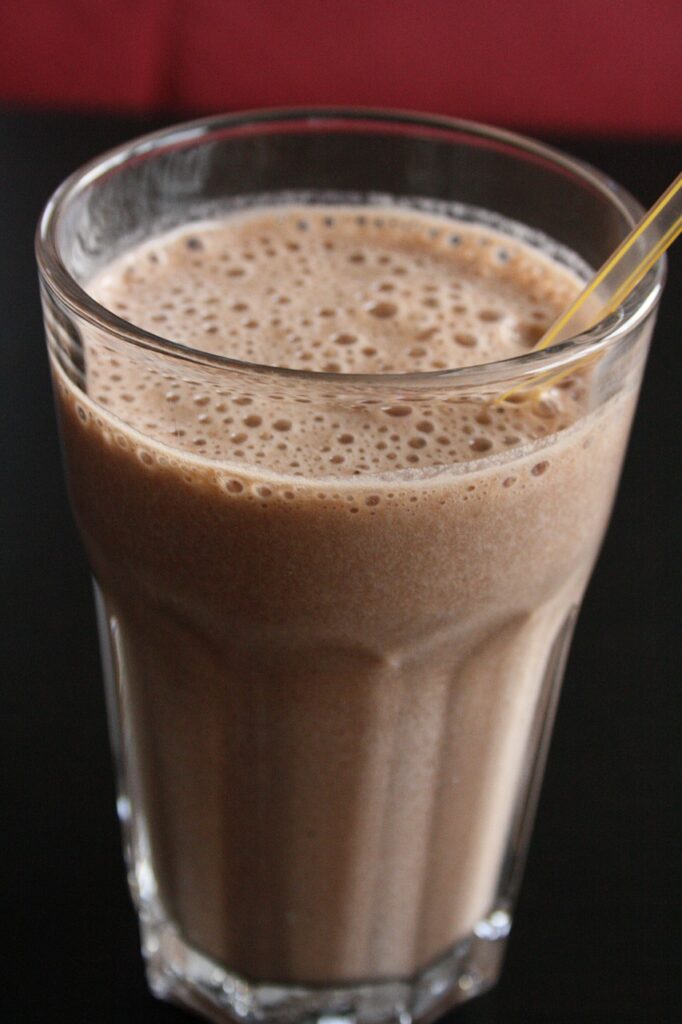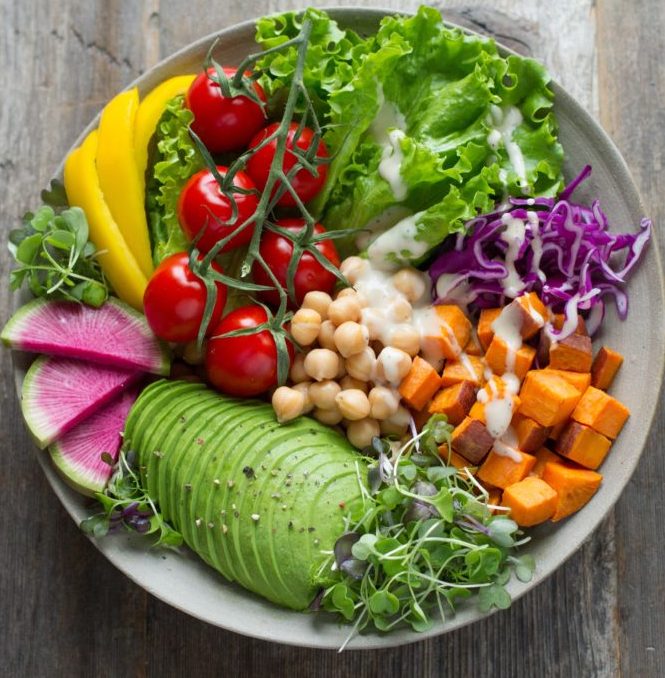Four Fun Fitness Ideas
Get Fit and Have Fun with these Four Fitness Ideas
Written by Paige Johnson from LearnFit.org on how to have fun with fitness

If you really want to get fit, but the thought of going to a gym doesn’t exactly motivate you, then you need to modify your definition of what constitutes a workout. All you need to do is find an activity that pushes your body outside its comfort zone. That means walking your dog counts as exercise! Here are a few fun fitness ideas:
- Jump Rope
Kids aren’t the only ones who can jump rope. Not only is jumping rope fun, but it also provides an intense, full-body workout. Jump ropes are also inexpensive and easy to take with you wherever you go. Vacation is no longer an excuse for skipping your workout.
According to Shape, “Jumping rope burns more than 10 calories a minute while strengthening your legs, butt, shoulders, and arms.” Their 20-minute routine will burn more than 200 calories. You can repeat it two or three times (or switch it up each repetition) to burn more calories. You can also add jump rope before or after more fun fitness ideas: dog walking.
- Dog Walking
If you own a dog, you know how much dogs love to go for walks and how exercise is important for your dog. But did you ever consider that exercising your dog also means you get exercise? Not only do you get in a workout, you’re more likely to put in the extra mile with your four-legged friend. A study showed participants who started consistently walking their dogs walked more often and for longer distances than those without dogs. If you do not own a dog, you can still benefit from dog walking. For example, you could work weekends as a dog walker or volunteer to walk the dogs at a local animal shelter. If you don’t live near a shelter, consider volunteering to walk your neighbor’s dog or going on a walk with a friend who owns a dog.
- Racquetball
Looking for an intense cardio workout besides running? Try your hand at racquetball. One hour of play is equivalent to running two miles, according to Health Fitness Revolution (HFR). In just 20 short minutes, you will run roughly 3,650 feet, and after one hour of play, you will burn up to 800 calories. Racquetball requires you to use every muscle group. Running works your lower body, balancing as you swing works your core, and hitting the ball works your upper body. In addition, it improves flexibility, balance, and coordination. As your game improves, you will become better at making quick and strategic decisions, thus working your brain as well.
HFR adds, “It helps with neural adaptation by stimulating a faster connection between brain and muscle movements, which improves a player’s reflexes even off the racquetball court.”
- Drumming
Have you ever been to a concert and noticed how sweaty drummers get? Drumming is an intense cardio workout. Researchers found that during a 90-minute concert, the drummer from the band Blondie was working as hard a 10K runner or professional soccer player, according to the Chicago Tribune. He was burning 600 calories during the concerts. Through drumming the sticks, you work your shoulders, arms, and core. You work your lower body when you play the bass drum. Drumming requires strength and endurance as well. If you don’t know how to play drums, and you don’t feel up to learning, you can always try an exercise program modeled after drumming, such as POUND. POUND uses lightly weighted drumsticks and provides a “full-body workout that combines cardio, conditioning, and strength training with yoga and pilates-inspired movements.”
Just rethink what exercise means to you, and it is easy to enjoy your workout. You are more likely to make exercise a part of your weekly routine if you are enjoying yourself. Whether it is jumping rope or taking your dog for a walk, just remember to have fun! Fun fitness ideas.


